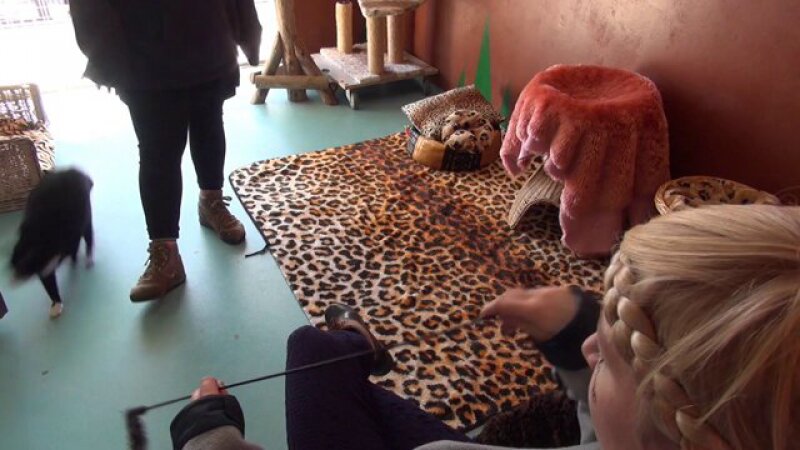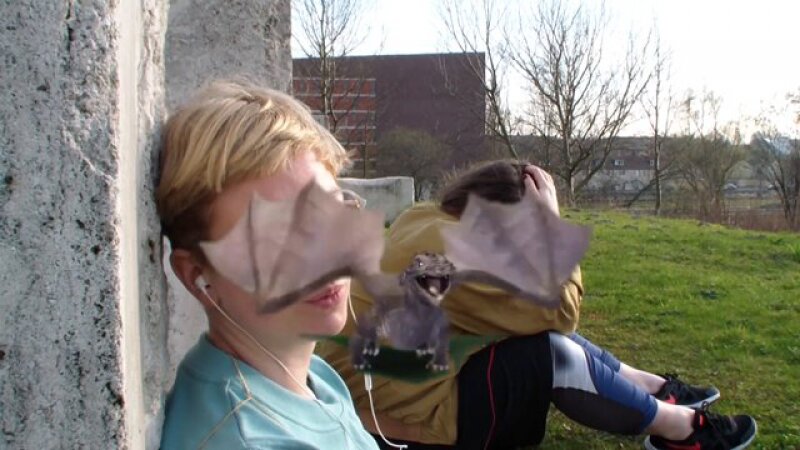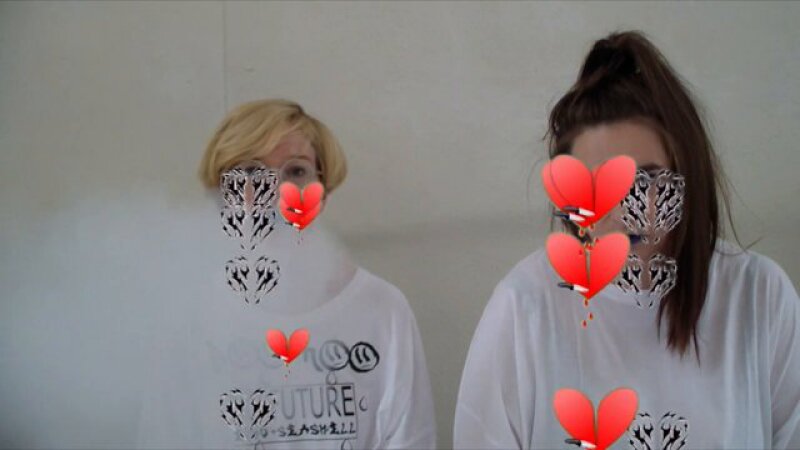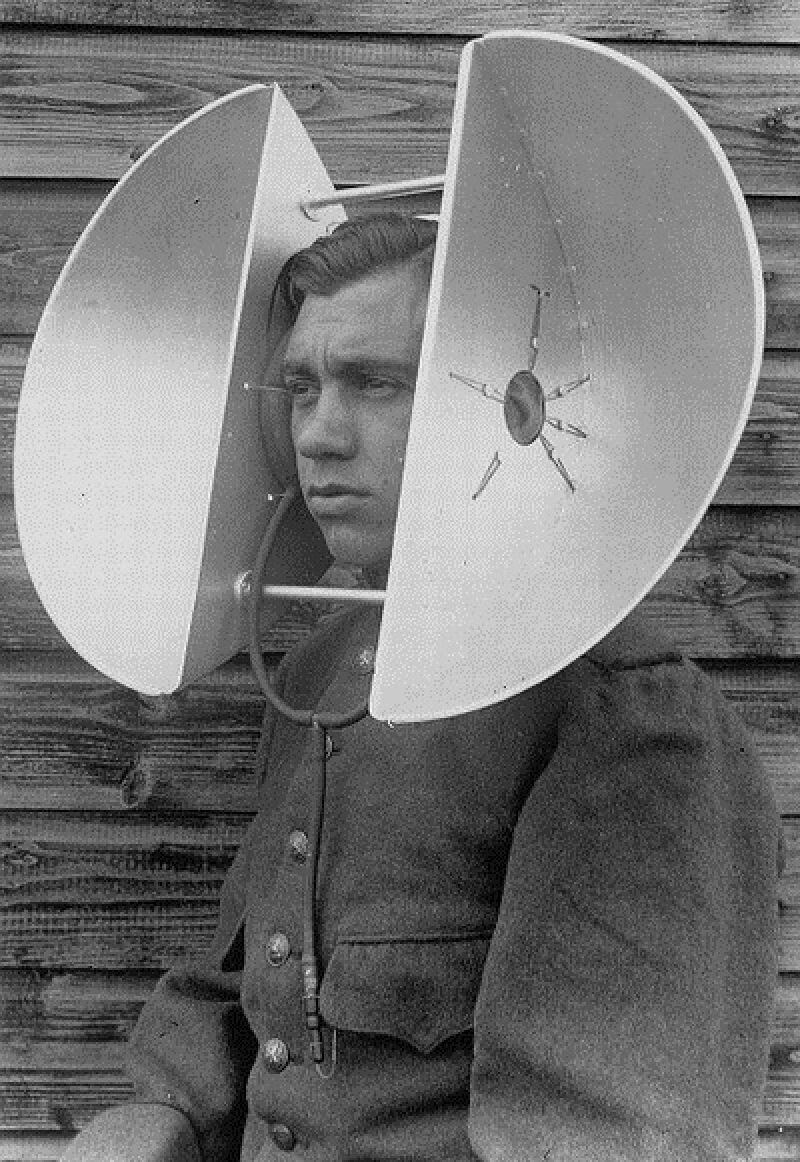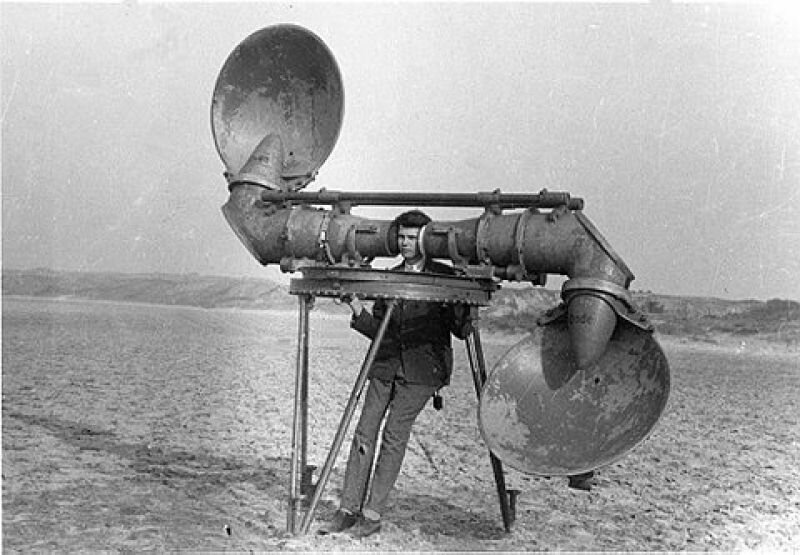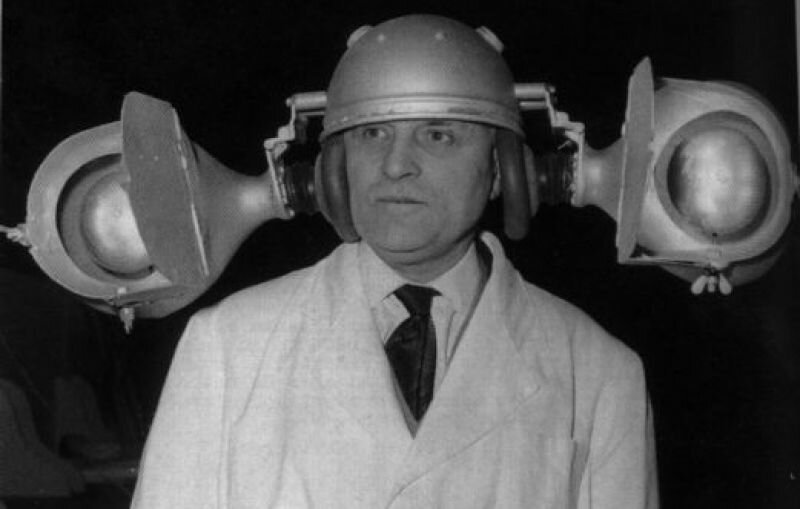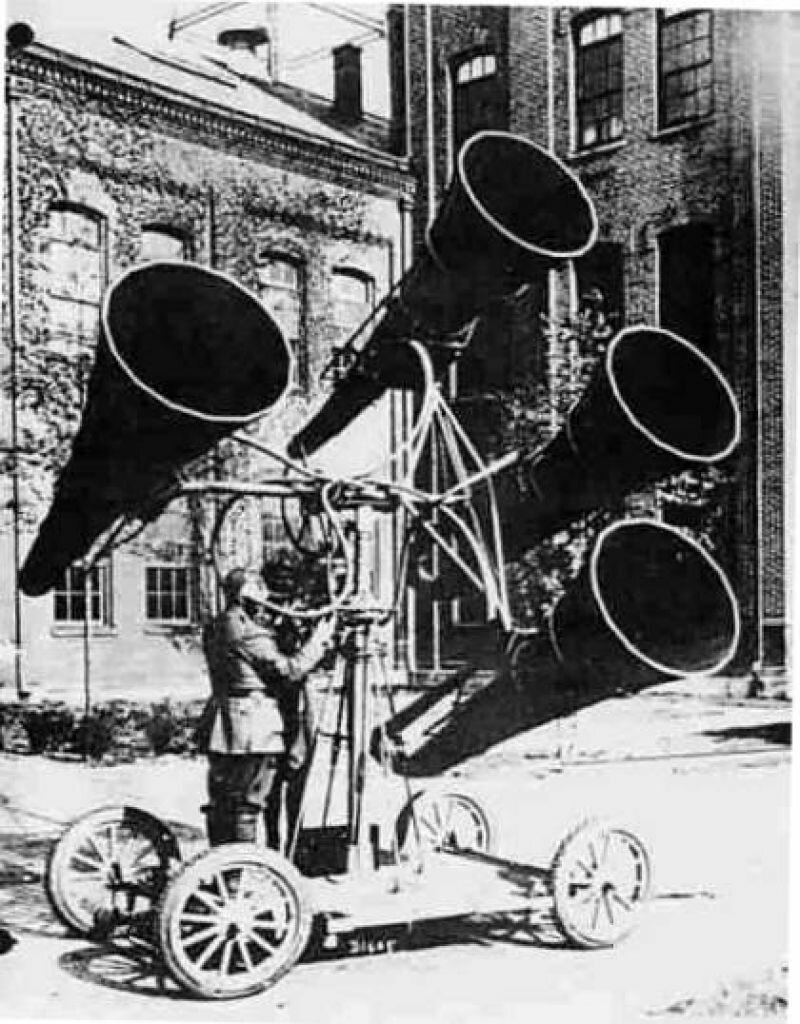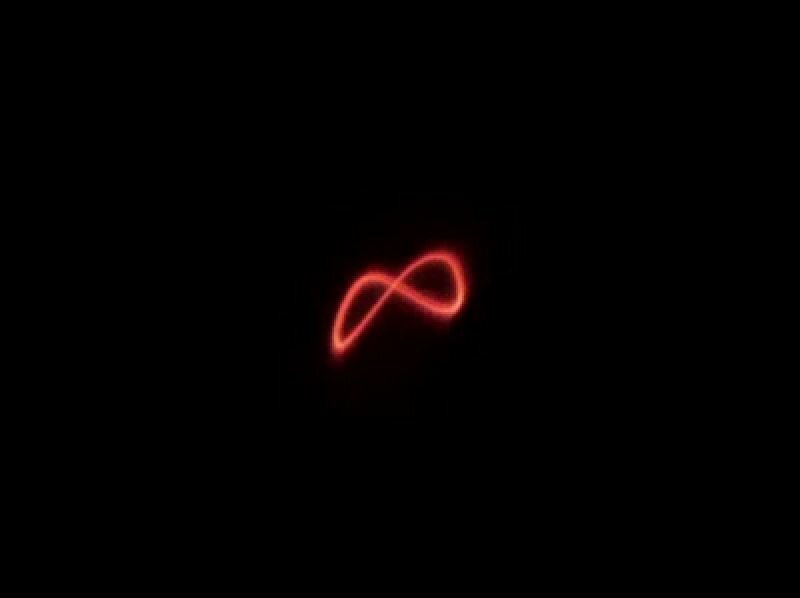Since I began working on my project The Neighbours (2006) every sound started to have an impact. At first I couldn’t work properly as I was constantly irritated by the sound of the upstairs neighbours. I was cross with myself that something so trifling could loom so large in my head. I lay on the bed. I tried for a while not to hear anything; it forced itself on the periphery of my consciousness, like a hum, like a dripping tap. I was quite astonished when I realised that this could lead to my making a work. Precisely because it is so trifling. Precisely because it is on the edge of my conscious perception.
The more I became preoccupied with my neighbours, the more sounds I’ve begun to notice. My ears have become more sensitive to detail since listening to my neighbours even for the subtlest of sounds. When visiting someone, I hear more. It is amazing how often you hear someone coughing in the house next door.
This applies even more to hearing the neighbours above me. In the six months they’ve lived here, my home has changed. They have taken over my space. I went mad with irritation lying awake on my bed and so I decided to reverse the roles by taking the noise they made as a starting point for this project . Ironically, I now miss them if I don’t hear them for a minute and I am glad of any strange new sound they start to make. Listening to them gives me a feeling of being busy with something (acute and exciting). I was devastated when they insulated their floor with new underlay flooring. I think it is new but I can’t be sure as I only hear their sounds and I have never met them.
Imperceptibly, the process of being aware of the upstairs neighbours in my daily routines reached the point where one Friday night I realised I was waiting for their shoes to fall next to the bed. I knew how this would sound. I knew that this would be followed by the dreary hum of the satellite dish above my window. I was, I realised, constantly preoccupied with them: people I once briefly spoke to over the phone but with whom I never actually met. I know their bedroom habits down to the most intimate (acoustic) details.
I try to imagine them, but the image remains vague. I imagine them as people who often go to the local gym (on the corner), with something inflated about them, as if they’ve been carefully pumped up to a critical point. But what am I actually basing this on? Also, it isn’t their physical appearance that keeps me awake. It is the space they take up in my home with their sound, since this makes me always aware of them.
Because I hear my neighbours, they’ve actually infiltrated my space: not with their bodies but with their sound. They disturb what my home is for me – a place where I can do what I want and others can’t.
The silence of my home is my home. My private space. But what is this silence in fact? It is not what I would term real silence. There are the birds, my fridge hums, and cars drive past. However, that is the background noise to my home, I am used to it.
There is a prodigious link between sound, space and awareness.
The notion of background sound, already has something spatial about it like a kind of environment, a private room you can always – when it is quiet – take with you. Certain people might feel exactly like this about a lot of sound, which is then their ‘background’ and perhaps they feel uneasy when it is missing. Unexpected noise is saying that this private space doesn’t exist, especially noise from which you can’t escape and about which you can’t do anything. A dripping tap is less frustrating as I know I can also switch it off, but the neighbour’s noise is uncontrollable. The only thing I can do is adjust to it, or phone them up and hear my phone upstairs, or have the music very loud, which gives a kind of temporary satisfaction.
If my upstairs neighbours are unexpectedly quiet, something strange happens. The quietness drives me mad. It is like a story I read about a man who every night was resigned to hearing his upstairs neighbour throwing off his shoes one by one. One night, the upstairs neighbour, in a sudden fit of awareness after having taken off one shoe, thinks the sound is antisocial. He is overcome with guilt. With the precision of a moon landing, he then places the right-hand shoe next to the other. After fifteen minutes he wakes up with a start. He hears a voice crying: ‘For goodness sake, take the other shoe off, then I can get some sleep!’ I am now so used to my neighbours’ routine sounds that they’ve become almost my background noise and indeed I now notice when they’re missing.
